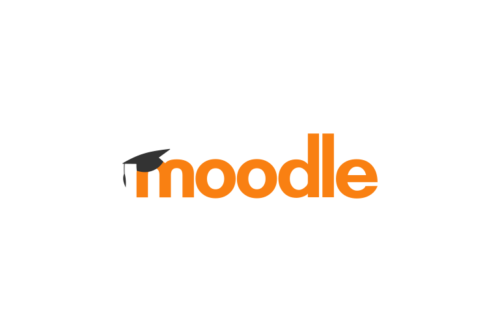The European eLearning landscape has evolved significantly in recent years, with digitalisation efforts accelerating. As organisations prioritise flexible learning solutions, understanding the unique characteristics of European eLearning development has become increasingly important for instructional designers and learning professionals.
The European eLearning market
The European eLearning market continues to show robust growth, with countries like Ireland, the UK, Germany and the Nordic nations leading innovation in this space. Several factors contribute to this growth:
- European businesses increasingly recognise the value of digital learning solutions for workforce development.
- Educational institutions have expanded their online and blended learning offerings in response to changing learner expectations.
- EU initiatives supporting digital skills development have created new opportunities for eLearning providers.
- Cross-border collaborations have enabled knowledge sharing and the adoption of best practices across different European countries.
Key considerations for European eLearning development
When developing eLearning content for European audiences, several important considerations come into play.
Multilingual requirements
One of the most significant challenges in European eLearning development is language diversity. Effective solutions often require:
- Content localisation beyond simple translation to account for cultural nuances.
- User interfaces that support multiple languages without compromising the learning experience.
- Careful attention to visual elements that may have different cultural interpretations across European regions.
Data protection compliance
European organisations must navigate data protection regulations, particularly GDPR:
- Learning platforms need robust security measures to protect learner data.
- Clear consent mechanisms must be implemented for data collection.
- Transparency about how learner data is used and stored is essential for compliance.
Cultural sensitivity
Europe’s cultural diversity requires thoughtful approach to content development:
- Scenarios and examples should reflect diverse European contexts.
- Culturally specific references should be carefully considered or avoided when creating pan-European content.
- Inclusive design principles help ensure content resonates with learners across different European backgrounds.
Innovative approaches in European eLearning
European eLearning developers are pioneering several innovative approaches.
Microlearning
The adoption of microlearning has gained significant traction in European corporate training:
- Short, focused learning modules cater to busy professionals.
- Mobile-friendly microlearning supports learning during commutes, which is particularly valuable in European cities with strong public transport networks.
Social learning integration
European eLearning increasingly incorporates social learning elements:
- Collaborative platforms facilitate knowledge sharing across geographical boundaries.
- Communities of practice help sustain learning beyond formal training programmes.
- Peer assessment and feedback mechanisms enhance engagement and deepen learning.
Adaptive learning pathways
Personalisation through adaptive learning is becoming a feature of sophisticated European eLearning:
- AI-driven content recommendations help learners navigate complex subject matter.
- Skill gap assessments create tailored learning journeys.
- Performance analytics inform ongoing content refinement.
European eLearning development presents unique challenges and opportunities. By embracing linguistic diversity, adhering to robust data protection standards and adopting innovative learning approaches, The Learning Rooms create effective digital learning experiences for European audiences. As the market continues to evolve, we understand the distinctive features of the European context and are positioned to deliver impactful learning solutions.








